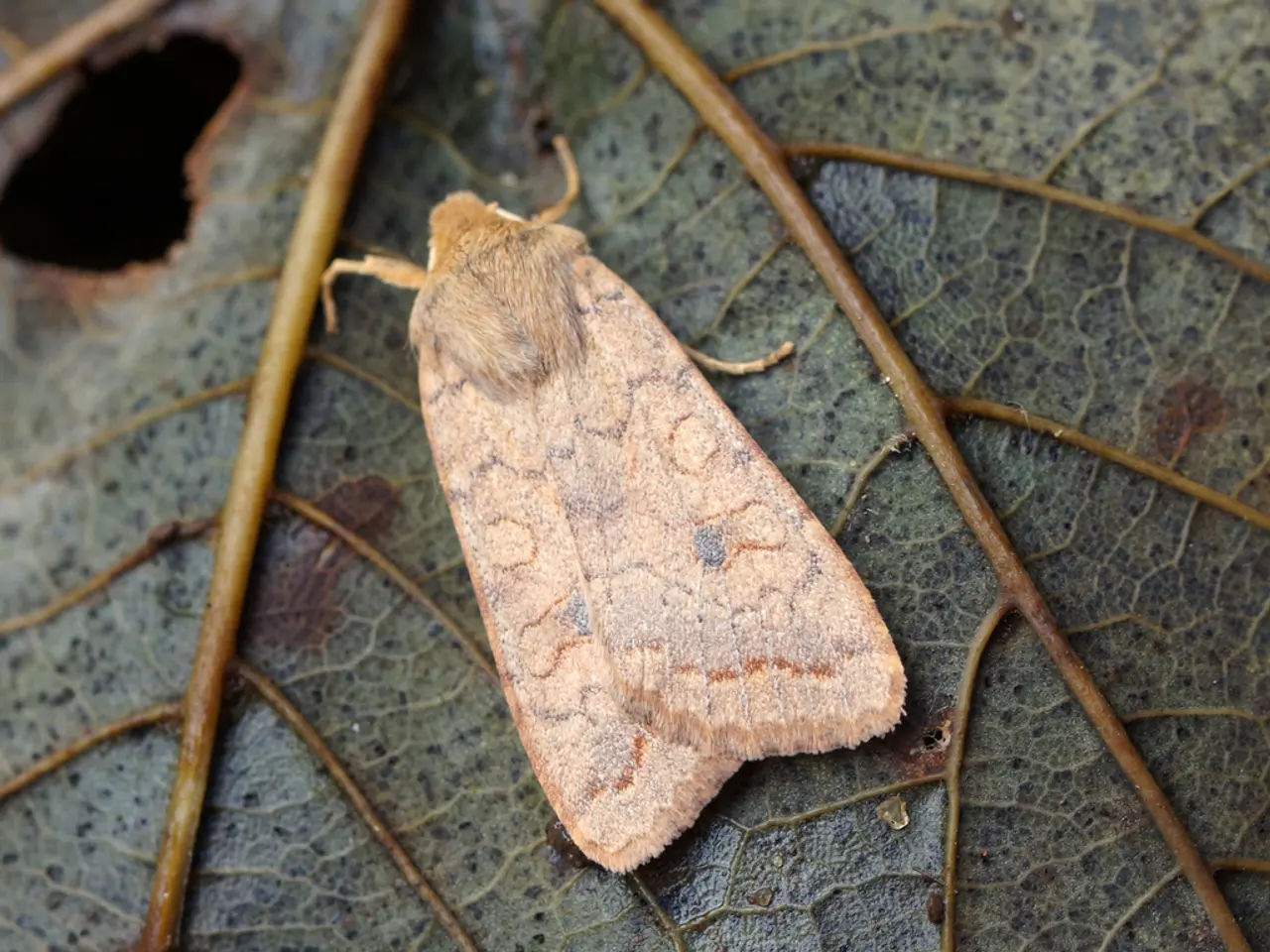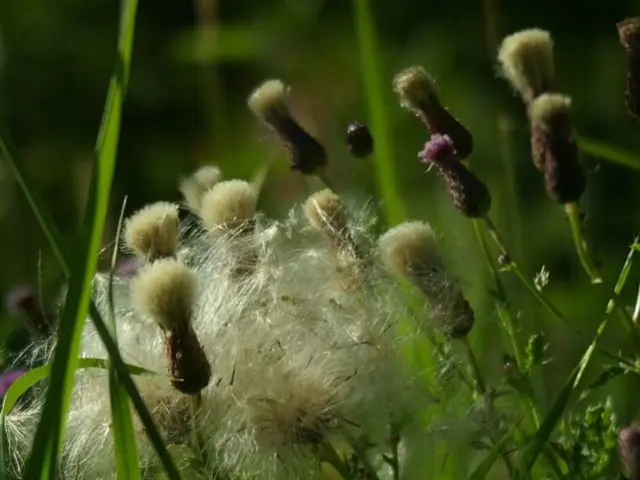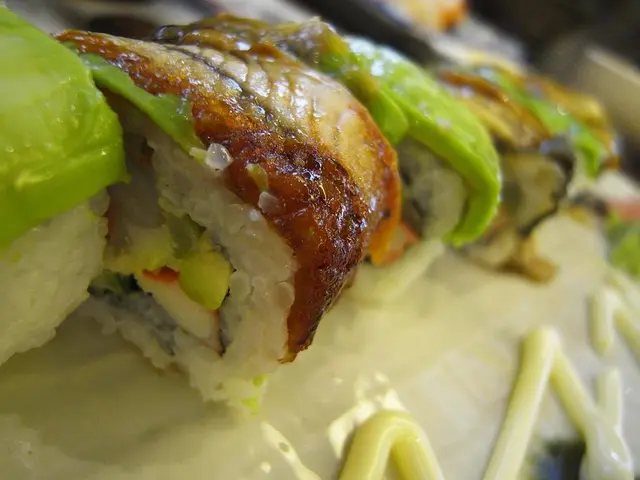Curled Citrus Leaves: Identifying Causes and Solutions Explained
Citrus leaf curl, a common issue affecting many citrus tree owners, can be caused by a variety of factors. These include pest infestations, environmental stresses, and diseases. Understanding these causes is essential for effective treatment.
Common Causes
Pests
Insects such as aphids, scale, mites, and mealybugs are notorious for sucking sap from citrus leaves, causing them to curl and distort. Aphids, particularly black aphids, are known for causing leaf distortion, honeydew secretion leading to sooty mold, and stunted growth.
Environmental Issues
Drought stress, resulting from under-watering or dry conditions, is one of the most common causes of leaf curl. Both extreme temperatures—too hot or too cold—can also induce leaf curling. Heat stress often causes upward curling, while cold nights can lead to downward curling. Over or underwatering can also cause leaf curl as it affects root function and water/nutrient uptake.
Diseases
Viral diseases like Citrus Tristeza Virus, often spread by aphids, cause symptoms including leaf curl, stem pitting, and tree decline. Fungal and bacterial infections such as Citrus Greening Disease and Citrus Black Spot can indirectly cause leaf deformation and overall decline but are less commonly the direct cause of leaf curl.
Treatments and Management
For pests, organic controls like insecticidal soaps and neem oil can be used to disrupt their cuticles and reproductive cycles. In severe infestations, chemical insecticides may be necessary, but should be part of an integrated pest management (IPM) strategy to avoid resistance and harm to beneficial species.
For environmental causes, adjusting irrigation to prevent drought stress, providing shade during extreme heat, and avoiding overwatering can help. For diseases, using certified virus-free plants, removing infected trees, employing fungicides, maintaining orchard hygiene, and applying cultural practices can reduce fungal infections.
A general strategy is to implement Integrated Pest Management (IPM) strategies, combining cultural, biological, and chemical methods to sustainably manage pests and diseases and reduce pesticide use by up to 50% while maintaining tree health.
Summary Table of Causes and Treatments
| Cause Type | Specific Cause | Symptom | Treatment | |-------------------|--------------------------------|--------------------------|----------------------------------| | Pests | Aphids, scale, mites, mealybugs| Leaf curl, distortion | Insecticidal soaps, neem oil, selective insecticides, IPM | | Environmental | Drought, extreme temperature | Curling from water stress or heat/cold | Proper irrigation, shading, avoid overwatering | | Diseases | Citrus Tristeza Virus, fungal infections | Leaf deformation, decline | Use virus-free stock, fungicides, orchard hygiene |
By identifying the exact cause—pest infestation, environmental stress, or disease—appropriate remedies can restore plant health and reduce leaf curl in citrus trees.
Supplementing with an extra dose of fertilizer can help address potassium deficiencies in citrus trees, which show up as leaves with a yellow cast that are bent downward at the tip.
Caroline Bloomfield, the Manager of Marketing Communications, emphasizes the importance of understanding and addressing citrus leaf curl to ensure the health and longevity of citrus trees, which are commonly found in patios, landscapes, and even indoors.
In the home-and-garden lifestyle, identifying the cause of citrus leaf curl is crucial for effective treatment, as it could be due to pests like aphids, scale, mites, or mealybugs, environmental factors such as drought, extreme temperatures, or overwatering, or diseases such as Citrus Tristeza Virus or fungal infections. Home gardeners might consult the Integrated Pest Management (IPM) strategy to control pests and diseases, and implement cultural practices like proper irrigation, providing shade, and using certified virus-free plants.
For garden enthusiasts focusing on home-and-garden tasks like citrus gardening, understanding citrus leaf curl causes and treatments is vital in maintaining a healthier citrus tree, which is often found in various areas—patios, landscapes, or even indoors, as preferred by many homeowners.




